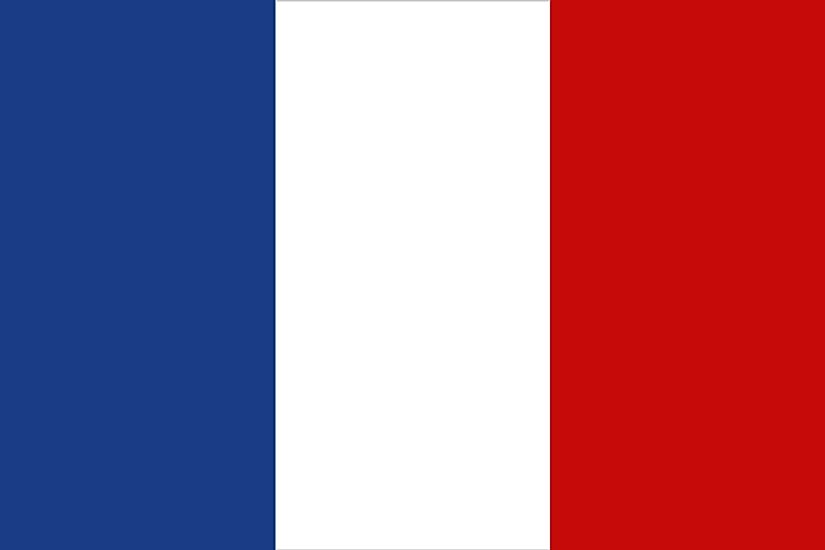How Did the French Flag Come to Be?

France has had numerous flags throughout the country's history, but its current flag is known as the French Tricolor and features three vertical bands of blue (hoist side), white and red.
History of the French Flag
The history of the French flag reflects the length and turbulence of the country's past. Prior to the French Revolution, the country had settled on a Royal Coat of Arms in gold and blue shield set on a white background. During the French Revolution, the Paris militia wore red and blue cockades (hat made of colored ribbons), the city's traditional colors. When the militia developed into the national guard, its first general Gilbert Du Motier, Marquis de Lafayette, added white to the Parisian colors to create a tricolor national cockade. The cockade was incorporated into the uniform of the national guard. The national flag adopted in 1790 was based on this national guard cockade and modified in 1794. The 1815-1830 Bourbon restoration used a royal white flag. After the July revolution in 1830, the tricolor was brought back and has been in use ever since. The blue, white, and red tricolor was formalized in the 1946 French constitution, which defined the colors and proportions of the flag as the national emblem of France. Article 2 of the constitution stipulates that the tricolor should be of equal proportions, but the height of each should exceed its width.
The Symbolism of the Colors of the Flag of France
The French Tricolour is laden with symbolism, the decoding of which is dependent on an understanding of French history. Red and blue are Paris's traditional colors and appear on its coat of arms. Red is associated with Saint Denis and blue with Saint Martin. At the most monumental point of the French revolution, the storming of Bastille, the Paris militia wore cockades in red and blue. Later, the commander of Paris militia, Lafayette, added white to the cockade while integrating it to the national guard uniform. Lafayette termed white an ancient French color, referring to its long and prominent place in previous national flags. Virgin Mary, the patroness of France, is associated with red and blue colors, therefore adding another layer of symbolism to the flag's colors. In medieval France, society was divided into three classes, each of which associated with a distinct color. Red was the color of nobility, white represented the clergy, and blued the bourgeoisie. In this interpretation of France's national flag, the blue comes first as it represents the majority. The white is the superior order to either of the other classes, hence its place in the middle. The red represents the nobility, who are the minority.
Current Design of the French Flag
The width of the current French flag is one and a half times greater than its height. The tricolor stripes are of equal width, except in the French navy, where the stripes are in proportions of 30:33:37 (blue, white and red). According to the website of the government of France, the white field was the color of the king, and the red and blue were the colors of Paris. Sometimes the three colors are taken to represent three elements of the revolutionary motto, where blue stands for freedom, white for equality, and red for brotherhood.







